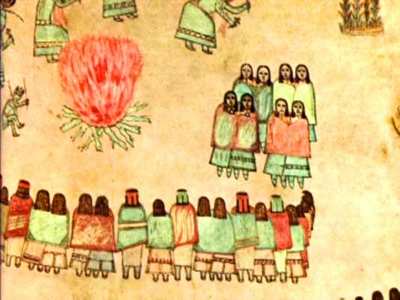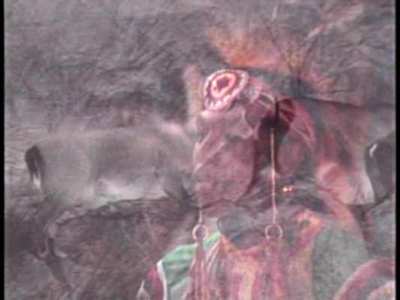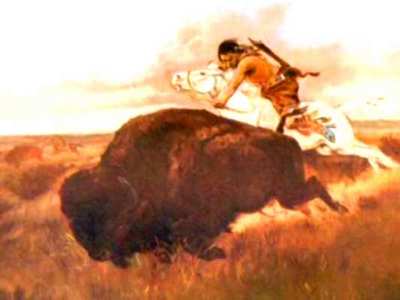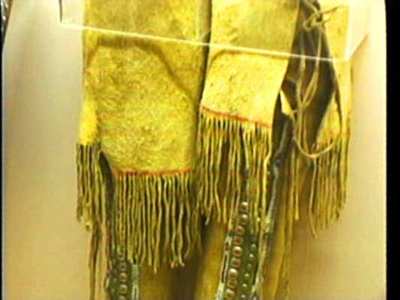Review of The Great Indian Wars 1540-1890
Introduction
The Indians, or Native Americans as they`re known today, were originally an agricultural civilisation similar to any found throughout the world at the time. This changed thanks to the invading Spanish Conquistadors and their horses, an animal not indigenous to America. Although subservient at first, in time the Indians rebelled against their Spanish overlords and defeated them, letting loose their imported horses who would form the basis of the wild mustang breed that the Indians would later tame and use to great effect.
The adoption of the horse radically changed the Indian culture, enabling them to move nomadically where the buffalo roamed for a constant supply of food. Indians became skilled hunters using horses and these skills also became more and more refined in battle.
Following full-blown immigration and colonisation by Europeans, conflict between the two cultures became more frequent and deadly. The land that was home to the Indian decreed ripe for colonisation by Europeans in the East of the US. Whilst it was possible for the Indian and Europeans to live together in relative peace, the clash of cultures and views on property would lead to a number of conflicts and great battles that lead ultimately to the submission of the Indian tribes to being corralled on reservations.
This 3 disc set seeks to explore the origins of the warrior culture of the Native Americans and the great battles of the Indian Wars.
Disc1: Rise And Fall Of The Warrior Culture Of The Plains & The Massacres
Episode 1: The Indians
Episode 2: The Cavalry
Disc 2 & 3: Battle And Warrior Chiefs Of The Northern Plains & Southern Plains
Episode 3: The Indian warriors
Episode 4: Battle for the Northern Plains
Episode 5: The Battle for the Southern Plains

Video
Picture is OK, nothing spectacular though. There is a mix of black & white photographs and illustrations, oil paintings and re-enactment-type footage, also some talking head interviews with Indian historians (all non-Indian, obviously). Whilst it can get a little boring with just static imagery, the re-enactment footage looks quite out of place, not as well done as those in BBC productions.

Audio
Dolby Digital 2.0 stereo soundtrack with one of the most boring narrators I`ve ever had the misfortune to hear. His enunciation is precise to the point of anal retentiveness, but sadly you can`t mute him as there are no subtitles. Someone needs scalping for both of those decisions.

Features
Interactive timeline - pretty basic stuff that doesn`t even cover all the major events covered in the episodes.
Biographies: Military Men/Plain Chiefs - text based and for the most part already covered in the episodes. Only problem for me is the inclusion of non-Military men in the Military men section and even some of these have no discernible link in the text to the Indian Wars.

Conclusion
The Indian Wars and the decline of the Native Indian is a subject that is often forgotten in the tale of the rise of the United States. It`s almost as if, to an outsider, that they were a mere inconvenience to the hordes of immigrants and the civilised Europeans who decided that they simply wanted the land that for centuries had been the preserve of the Native Americans. It`s an earlier but no less abhorrent version of Lebensraum, except in this case a rigorous and aggressive defence of those lands was made.
The Native Americans are portrayed as savage, but the truth is that this was part of their culture for centuries and the clash between the two civilisations would have led to misunderstandings on both parts. Not that the Europeans were any less savage. They may not have gutted their victims or scalped them, but they imposed a `search and destroy` policy and were more than happy to slaughter whole tribal encampments when they saw them in order to rid themselves of the `Indian menace`.
Trouble is, history is always written by the victors and so it is here. This documentary talks about the savagery of the Native American tribes in raid, battle and in general seems to take the tone that the Indians got what they deserved. It`s mentioned briefly and then glossed over, but the reality was that the Europeans proved consistently that they couldn`t be trusted, squeezing the tribes into ever-decreasing smaller reservations where once they were able to roam freely. So whilst there is a grudging admiration for the warrior culture and the Native American culture, the tone of this series is almost `well, they got what they deserved`, matter of fact-like in the eventual defeat of a proud and once great civilisation without even attempting to question the morality of the victors.
And that`s a great shame…
Your Opinions and Comments
Be the first to post a comment!